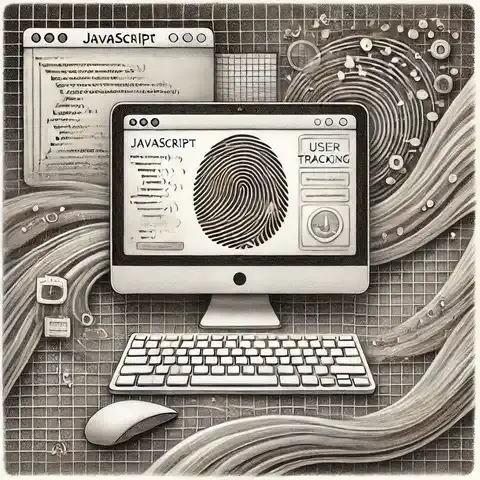
Can You Be Tracked Through JavaScript?
The term "God Tier Hacker" evokes images of cybersecurity savants, individuals possessing unparalleled skills who can seemingly unravel any digital lock and exploit any vulnerability. While largely a metaphorical term, it represents the pinnacle of expertise in the cybersecurity domain – individuals who not only understand how systems work but also how they can be broken and, more importantly, how to secure them against the most sophisticated threats. This isn't a title bestowed lightly but earned through a relentless pursuit of knowledge, hands-on mastery, and an unwavering commitment to ethical principles.
Becoming a "God Tier Hacker" is not a sprint; it's a marathon of continuous learning and practical application. It's less about collecting certificates and more about cultivating a profound understanding of technology and an attacker's mindset.
Before one can become a master of offense or defense, a robust understanding of fundamental computer science principles is essential.
Knowledge without application is theoretical. True mastery comes from relentless practical experience.
While certifications alone don't make a "God Tier Hacker," certain credentials are highly respected in the industry as they validate practical skills and deep knowledge.
Technical prowess alone is insufficient. The true "God Tier Hacker" possesses critical non-technical attributes:
The "Path to the God Tier Hacker" is not a linear curriculum but a continuous ascent up a never-ending mountain of knowledge and experience. It demands intense dedication, an insatiable hunger for learning, and a profound commitment to ethical conduct. It's about becoming a master craftsman in the digital realm, capable of both building formidable defenses and precisely identifying their weak points, all for the ultimate goal of enhancing security and protecting our interconnected world.